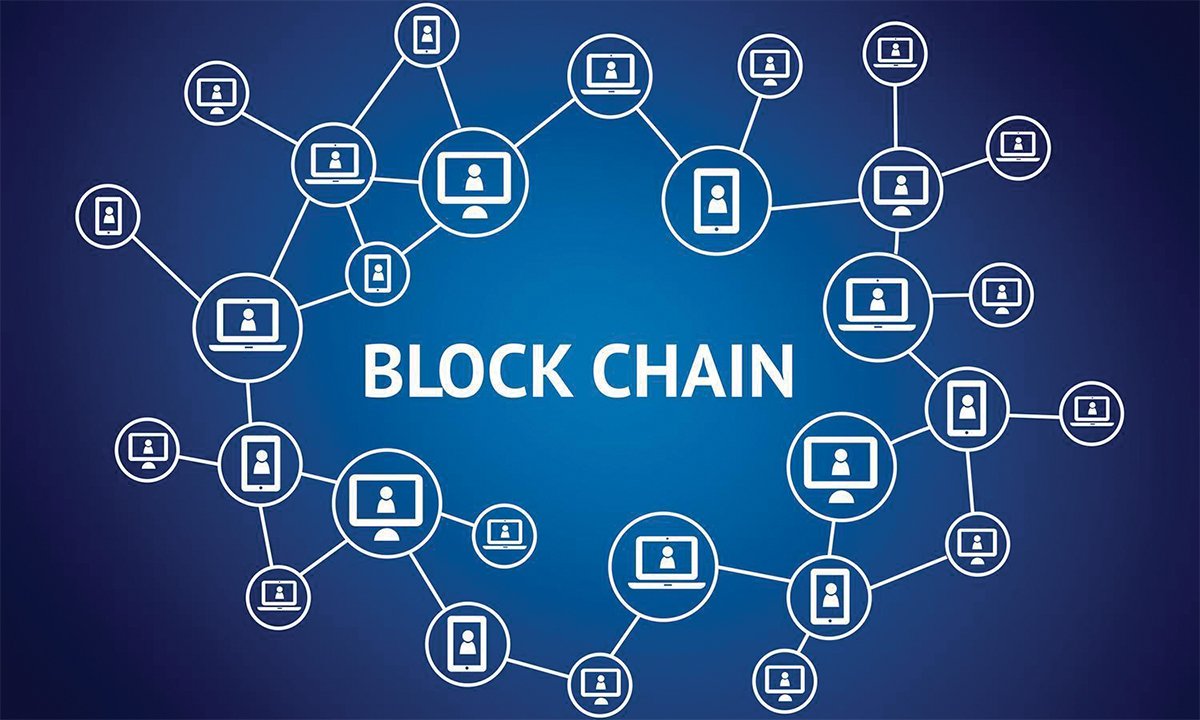
Introduction
Blockchain technology has been making headlines in recent years, with its potential to revolutionize the way we conduct transactions, store data, and secure online interactions. But what exactly is blockchain, and how does it work? In this article, we’ll delve into the basics of blockchain technology, exploring its core components, benefits, and applications.
What is Blockchain?
At its core, blockchain is a decentralized, digital ledger that records transactions across a network of computers. It’s essentially a chain of blocks, each containing data, that are linked together through cryptography. This creates an immutable, transparent, and secure record of all transactions that have taken place on the network.
Key Components of Blockchain
- Blocks: Each block contains a set of transactions, which are verified and validated by the network.
- Chain: The sequence of blocks, linked together through unique codes called “hashes.”
- Network: A decentralized network of computers, known as nodes, that work together to validate and add new blocks to the chain.
- Cryptography: Advanced mathematical algorithms used to secure the data and ensure the integrity of the network.
How Does Blockchain Work?
Here’s a step-by-step overview of the blockchain process:
- Transaction: A user initiates a transaction, such as sending cryptocurrency or data.
- Verification: The transaction is broadcast to the network, where it’s verified by nodes using complex algorithms.
- Block creation: A new block is created, containing multiple transactions.
- Hashing: Each block is given a unique code, or “hash,” that connects it to the previous block.
- Blockchain update: Each node updates its copy of the blockchain to include the new block.
- Consensus: Nodes verify the new block, ensuring that the network agrees on the state of the blockchain.
Benefits of Blockchain
- Security: Blockchain’s decentralized and cryptographic nature makes it virtually unhackable.
- Transparency: All transactions are publicly visible, ensuring accountability and trust.
- Immutable: Once a block is added to the chain, it can’t be altered or deleted.
- Efficiency: Blockchain enables fast, secure, and low-cost transactions.
Applications of Blockchain
- Cryptocurrencies: Bitcoin, Ethereum, and other digital currencies rely on blockchain technology.
- Supply Chain Management: Blockchain can track goods, ensuring authenticity and efficiency.
- Smart Contracts: Self-executing contracts with automated rules and regulations.
- Identity Verification: Secure and decentralized identity management systems.
- Healthcare: Blockchain can securely store and manage medical records and data.
Conclusion
Blockchain technology has the potential to transform various industries and aspects of our lives. By understanding the basics of blockchain, we can better appreciate its capabilities and limitations. As the technology continues to evolve, it’s essential to stay informed and adapt to the changing landscape.
FAQ’s
- Q: What is blockchain technology? A: Blockchain is a decentralized, digital ledger that records transactions across a network of computers.
- Q: What is a block in blockchain? A: A block is a set of transactions that are verified and validated by the network, and then added to the blockchain.
- Q: What is the chain in blockchain? A: The chain refers to the sequence of blocks, linked together through unique codes called “hashes”, that make up the blockchain.
- Q: What is the purpose of cryptography in blockchain? A: Cryptography is used to secure the data and ensure the integrity of the network by making it difficult for unauthorized users to alter the blockchain.
- Q: How does blockchain ensure security? A: Blockchain’s decentralized and cryptographic nature makes it virtually unhackable, as any changes to the blockchain would require the consensus of the entire network.
- Q: What is the difference between blockchain and Bitcoin? A: Blockchain is the underlying technology, while Bitcoin is a cryptocurrency that uses blockchain technology to record transactions.
- Q: Can blockchain be used for non-financial transactions? A: Yes, blockchain can be used for a wide range of applications beyond financial transactions, such as supply chain management, identity verification, and healthcare record management.
